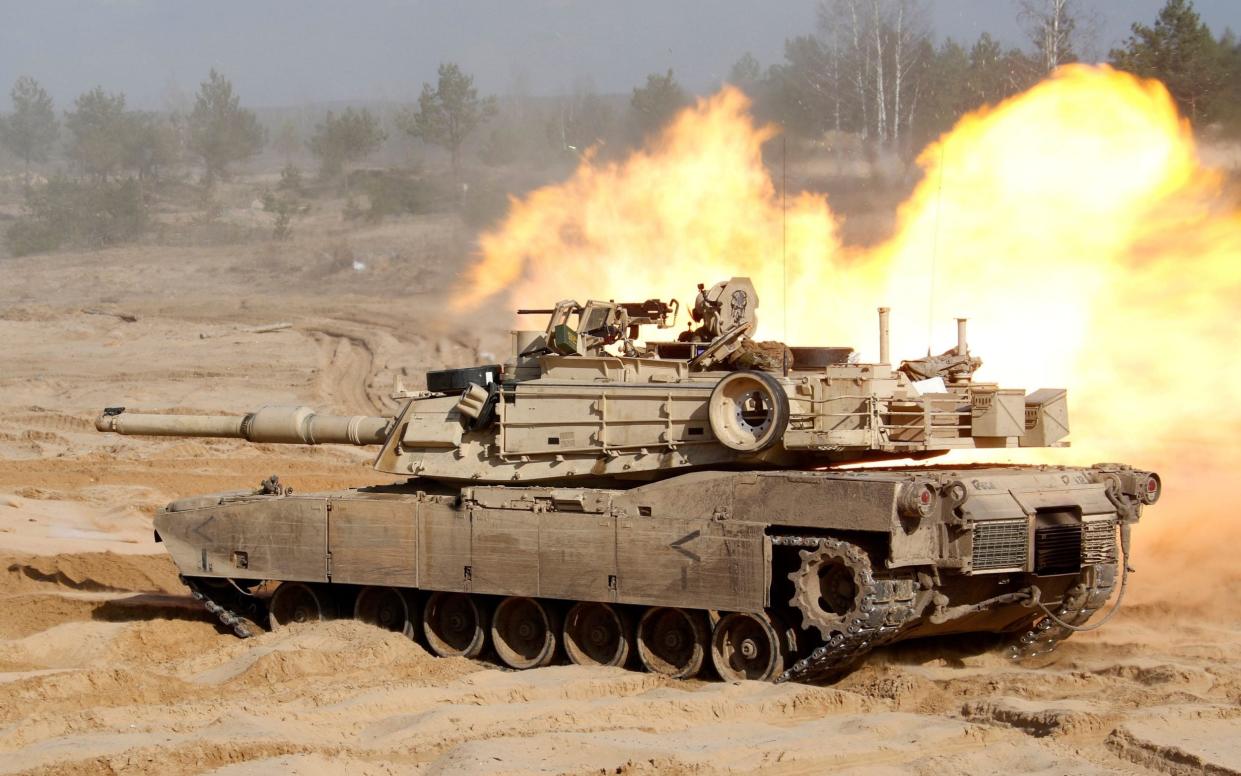Russia has found the critical vulnerability in Nato’s American tanks

The arrival of the US M1A1 Abrams tanks in Ukraine was hailed as a turning point in the war. Coming in at roughly $10 million a unit, the Nato stalwart was supposed to provide the armoured fist that would punch through the Russian lines. But tactics evolve quickly in warfare, and Russia’s use of surveillance and hunter-killer drones has led to heavy casualties for Ukraine’s tank fleets. This is alarming for NATO. If Russia has found critical vulnerabilities in our armour, our borders are beginning to look very vulnerable.
Washington pledged 31 Abrams tanks to Ukraine in January last year. The first batch arrived in September. They finally appeared to make their combat debut in February this year, with the first video footage released on the 25th of Februray. On the 26th, the Russians scored their first Abrams kill.
Two months after entering service, the Abrams tanks are now being withdrawn from the frontline. Five of the 31 tanks delivered last year have already been destroyed.
On the face of it, this is a damning indictment of the vulnerability of a weapons system that originated a century ago to the weapons of the 21st century. But this does not tell the full story. The usefulness of the tank demonstrated at the battle of Cambrai in 1917 is not diminished on the battlefields of Ukraine in 2024, when used as they are meant to be.
To begin with, it’s worth noting that the Ukrainians are not using the latest and best model of the M1A1. Some of the features that make the tank more durable and hard hitting have been removed to avoid them falling into Russian hands.
But we should also consider what the tank was intended to do. Enthusiastically backed by Winston Churchill, the tank was based around the attributes of firepower, protection and mobility. As the German tactician General Heinz Guderian realised when he conceived Blitzkrieg warfare, it is shock action that the tank is most adept at, where its ability to manoeuvre at high speed and pack a huge punch gives it a battle winning role.
When used as a pillbox however, it just exploits its firepower at the expense of its manoeuvrability. This appears to be how the Ukrainian armed forces are deploying it, and makes it very vulnerable to drone attack.
Some changes to defences may also be required. Even modern western tanks like Abrams and Challenger 2 were conceived long before drones became a serious threat on the battlefield. Now, in Ukraine, these modern weapons have come into their own. As the UK looks to recover and up rate its own conventional defence, this is an area for serious consideration and resource commitment. We cannot live in a world where drones costing a few thousand dollars have free rein to attack $10 million tanks where they are most vulnerable: from above, where the armour is only thick enough to stop machine gun fire.
There are simple work-arounds for this vulnerability; metal cages and explosive armour can be fitted to the tank roof to diminish this threat. Hopefully, in the not-too-distant future, tanks could be fitted with something like the British DragonFire laser system, which has shown promising early results in killing drones. If this takes place, the efficacy of drones will be radically reduced – until the next evolution. War continues evolving, and attack and defence continue to swap leads.
But in the nearer term, Ukraine must adopt a mindset based much more on manoeuvre type warfare, where rapid combined arms action can unhinge and dislocate the very static Russian invaders. This will require require air power, artillery and infantry all working together with the tanks to punch holes in Russian defences and run riot in the rear areas.
There is some reason for optimism. The new long range Army Tactical Missile Systems (Atacms) provided by the US have already struck airfields in Crimea and are set to cause havoc behind the Russian lines. The much-vaunted F-16 fighters, meanwhile, are just over the horizon and should give Ukraine room to allow its armoured forces freedom of manoeuvre and action on the ground.
And perhaps most importantly of all, the Ukrainians are getting used to working with modern Western tanks. The ground is drying out, the ammunition is flowing in, and the armoured charge may be coming. A western tank travelling at 50 mph is a good deal harder to hit than a static one. The days of armoured warfare may not be numbered yet.

